
Peter Schonner grew up on a farm in the beautiful Austrian village of Alpbach. “Every Sunday – if there was no work to do – I would go walking with my father,” he remembers. He now spends his summers working as a hiking and mountain biking guide. “It’s a beautiful job,” he says. “The mountains are my sports ground and at the same time my personal haven of tranquility.”
Here, he picks five of the most beautiful mountain walks in the Tirol.
This wasn’t easy! There are so many fantastic hikes to choose from: but this time I’ve let variety be my guiding principle. One of the walks is a multi-day adventure. Another is a short lift-serviced circuit you can do with your kids. All have one thing in common, though – they serve up spectacular views en route.
1. The 5-Summit Tour: Kitzbühel
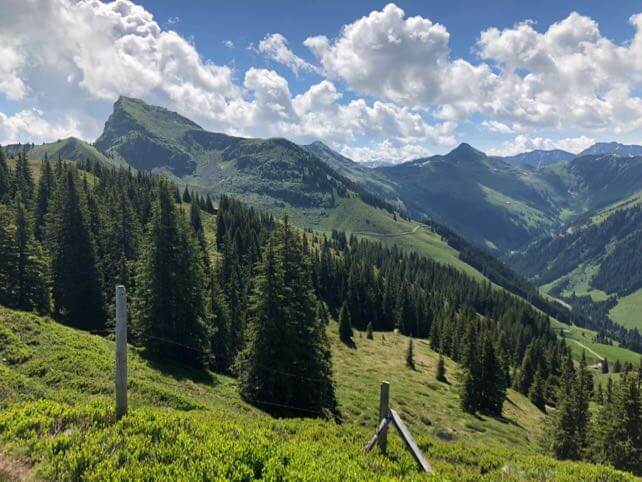
This walk has just about everything: a deep Alpine valley; a long, sharp ridgeline; and mesmerising mountain scenery.
It starts in the Kelchalmgraben, south-east of Kitzbühel, and climbs onto the long ridge that separates the Tirol and the Salzburgerland. Sometimes the going is grassy and gentle. At others, you need steady legs and a head for heights. But if you’re up for the challenge you’ll bag five shapely peaks in a single day – the Tristkogel, the Saalk, the Rauber, the Hahnenkampl and the Laubkogel.
If you’re feeling energetic, you can add three more peaks at the start of the walk, to make it an 8-Summit Tour. But at that length, it’s a bit of a monster: covering 17km and 1,375m of vertical ascent. Most hikers will be happy to tackle the five summits at its heart, before dropping back into the valley past the Kelchalm – their muscles tired, their tummies rumbling, and their spirits soaring somewhere up amongst the clouds.
More information: kitzbuehel.com
2. The Alpenroseweg, St Anton
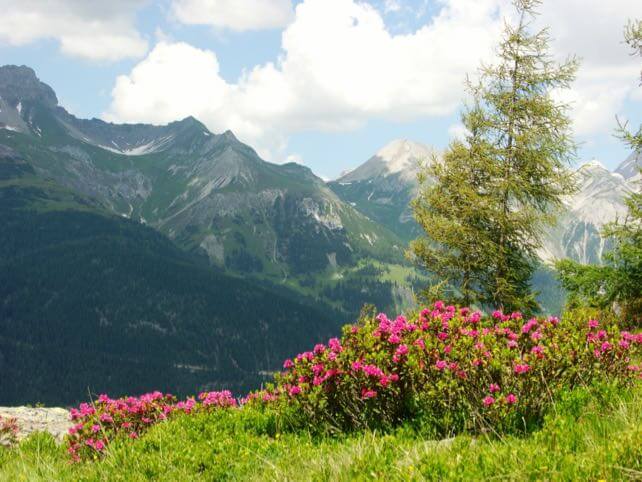
In summer, the first colour you notice in the valleys of the Tirol is a vivid and verdant green – and no wonder, given their lush patchworks of meadows, forests, and high pastures. But look more closely, and you’ll notice all kinds of variations.
One of them is pinkish-red blush, just above the treeline – and it comes from the Alpenrose. This isn’t actually a rose at all, but a kind of dwarf rhododendron. It flowers from late May until July, and one of the best places to see it is on the slopes beneath the Vordere Rendlspitz, in St Anton.

This is the setting for the Alpenroseweg. It’s a meaty 18.5km walk that climbs through 950 vertical metres and will take a reasonably fit hiker 7-8 hours to complete. But anyone who doesn’t fancy the climb can tackle it on a Wednesday or Thursday, when the Rendlbahn cable car will do all the hard work. It whisks walkers up to an altitude of 2,100m, and from here it’s (more or less) downhill all the way – with an essential stop at the Rendlalm hut for something to eat.
The Alpenrosenweg isn’t St Anton’s only flower-strewn walk, by the way. The Arlberg is home to many rare and beautiful plants, including 25 kinds of orchids, and during the summer new species come into flower almost every week.
Further information: stantonamarlberg.com
3. The Panoramaweg, Alpbach
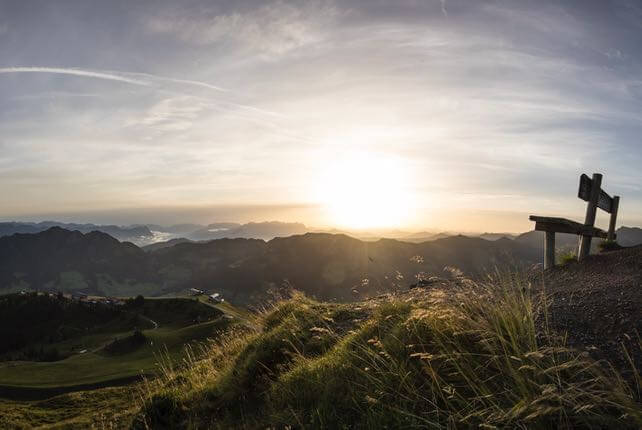
Of course, you don’t have to hike all day to get a magnificent view. The Panormaweg above Alpbach takes only two hours and serves up see-forever vistas from start to finish – as it circles the 2,127 summit of the Wiedersbergerhorn. The Alpbach, Ziller and Inn valleys are all visible: and by the end of the walk you’ll feel like you’ve looked across half the Tirol.
It’s an easy walk for children too – made all the more attractive by the Lauserland playground at the top of the Wiedersbergerhornbahn. The gondola whisks you from valley floor up to an altitude of 1,850m, and from here you’ll only climb another 217m under your own steam, The Hornalm hut – which looks towards the main Alpine ridge, separating Austria from Italy – is the place to stop for lunch, or a snack.
Further information: alpbachtal.at
4. The Berliner Höhweg
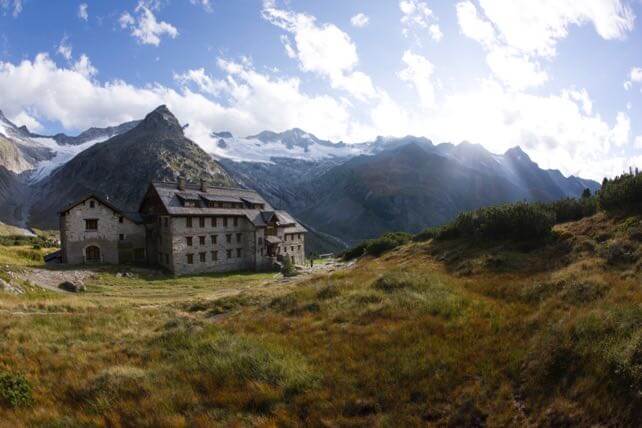
The Tirol is home to several multi-day, hut-to-hut hikes, and one of the best is this seven-day walk in the Zillertal Nature Park, near the resort town of Mayrhofen. One of Austria’s oldest treks, the Berliner Höhweg explores a spectacular and protected landscape, with a wall of 3,300m peaks as the backdrop. People have been walking sections of the route since the 1880s.
The complete walk covers 70km and climbs through a lung-bursting 5,340 vertical metres, but you can also do individual stages. Every hut along the way can be accessed from the Zillertal, the Zemmtal or the Stilluptal, so you can pick off one or two sections and then walk back down on the last day. Make sure you book the accommodation in advance, though – as this is a legendary hike. The huts are often full.
For many, stage 3 – from the Furtschaglhaus to the famous Berliner Hut – is the highlight. Set in a broad green valley at 2,042m, the Berliner Hut is widely regarded as the most beautiful in the Alps, not least because it’s such a relief to get there after a testing day on the shattered rock of the 3,134m Schönbichlerhorn. Several sections of the path here are protected by fixed cables, onto which you can clip yourself from a special walker’s harness. Don’t worry if you don’t have your own. These can be hired in Mayrhofen – for example at the Mountainshop Hörhager.
Further information: zillertal.at
5. The Zirbenweg: Innsbruck
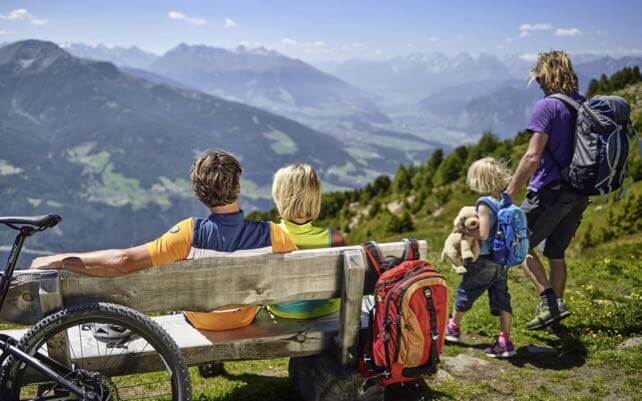
If only more cities were like Innsbruck. Down at street level, you get buzzing bars, gastronomic restaurants and some world-class art and monuments. But jump on a bus or a mountain railway and in less than an hour you’ll be up amongst the gods, standing on an Alp, with the city spread out beneath you like map.
This is the setting for the Zirbenweg. It’s an easy, lift-serviced walk which takes little more than three hours to complete, and serves up no end of scenic wonder. To reach the start, catch a suburban bus from Innsbruck up to the village of Igls and let the Patscherkofelbahn lift whisk you to 1,964m. This modest, round-topped mountain was the scene of the world’s most famous ski race – the 1976 Olympic Downhill, won by Franz Klammer – but when the sun’s out what really strikes you is the view. It’s said to encompass 400 mountain peaks.
Follow the path to the Glungezerbahn, and you’ll also walk through the Tirol’s oldest stand of trees. These are Zirben, aka stone pines, and the most venerable has stood there for 700 years. Whenever the sun’s out, and sap warms up, they smell divine. The stone pine is famous for its scent, which has been shown to lower the heart rate, and it’s widely used in the Tirol’s hotel bedrooms to help guests sleep more easily. After you’ve hiked the Zirben, chances are you’ll get a good night’s rest, too.
More information: Innsbruck.info











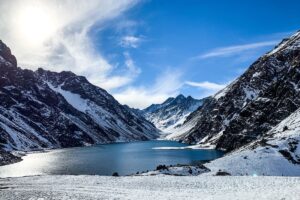
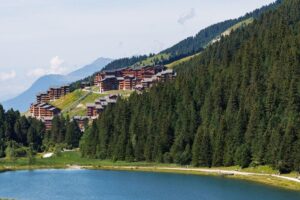
Add Comment